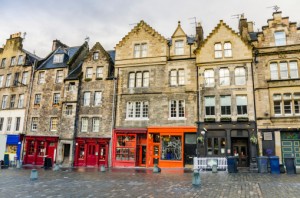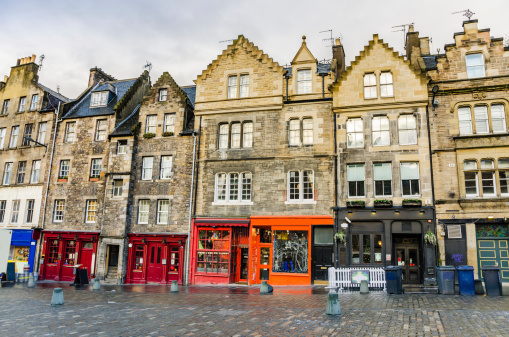Home sales are getting close to their levels before the financial crash, new research from Lloyds Bank shows. Sales in the first ten months of last year totalled 760,000, which was the highest number on record for this period since 2007. Although considerably high (up by 21 per cent on Jan-Oct 2013), the figure still […]
Home sales are getting close to their levels before the financial crash, new research from Lloyds Bank shows.
 Sales in the first ten months of last year totalled 760,000, which was the highest number on record for this period since 2007.
Sales in the first ten months of last year totalled 760,000, which was the highest number on record for this period since 2007.
Although considerably high (up by 21 per cent on Jan-Oct 2013), the figure still lags behind (by 27 per cent) the boom number in 2007.
Home sales rose across all regions of England and Wales with the East Midlands (26 per cent), West Midlands (25 per cent) and the North West (25 per cent) taking the top three positions. Greater London remained at the bottom of the list with the smallest annual increase of 11 per cent.
As with the overall number of sales, all regional sales remain below the levels of 2007. Nevertheless, there were 12 towns where sales grew above pre-crisis levels. Home sales in Biggleswade in Bedfordshire are the highest in relation to 2007, at 19 per cent above. Sales in two Oxfordshire towns – Wallingford (14 per cent) and Didcot (12 per cent) – and St Neots in Cambridgeshire (12 per cent) are the next highest.
Andy Hulme, mortgages director at Lloyds Bank, comments:
“The recovery in the housing market continued in 2014 with sales rising further in almost all areas of the country. Low interest rates, improvements in the UK economy and Government schemes, such as Help to Buy, all appear to have contributed to the rise in home sales. Despite these improvements, sales both nationally and regionally are still significantly below their pre-recession levels.
“There is a clear north versus south pattern to the housing market recovery with sales closer to their 2007 levels in the south. Indeed, a small number of towns recorded higher sales last year than seven years earlier, but sales remained much lower than 2007 levels in most areas.”
*
Property Sales and % changes by region, 2007-2014
| Sales 2007* | Sales 2009* | Sales 2013* | Sales 2014* | 2007-2009 % Change | 2007-2014 % Change | 2009-2014 % Change | 2013-2014 % Change | |
| North | 60,220 | 23,333 | 29,503 | 35,498 | -61% | -41% | 52% | 20% |
| Yorkshire and the Humber | 99,598 | 41,623 | 53,145 | 65,226 | -58% | -35% | 57% | 23% |
| North West | 122,895 | 47,355 | 61,999 | 77,781 | -61% | -37% | 64% | 25% |
| East Midlands | 83,151 | 38,123 | 49,368 | 62,439 | -54% | -25% | 64% | 26% |
| West Midlands | 91,904 | 40,419 | 53,203 | 66,380 | -56% | -28% | 64% | 25% |
| East Anglia | 48,145 | 25,431 | 31,700 | 38,394 | -47% | -20% | 51% | 21% |
| Wales | 46,643 | 21,970 | 28,205 | 34,114 | -53% | -27% | 55% | 21% |
| South West | 106,268 | 56,872 | 70,638 | 86,398 | -46% | -19% | 52% | 22% |
| South East | 247,073 | 120,586 | 158,748 | 191,931 | -51% | -22% | 59% | 21% |
| Greater London | 139,374 | 58,321 | 91,188 | 101,367 | -58% | -27% | 74% | 11% |
| England & Wales | 1,045,275 | 474,053 | 627,792 | 759,689 | -55% | -27% | 60% | 21% |
Source: Land Registry, *January to October














